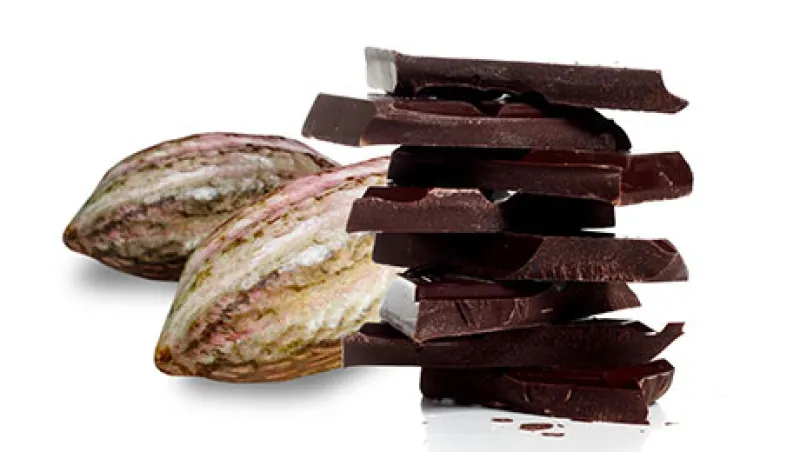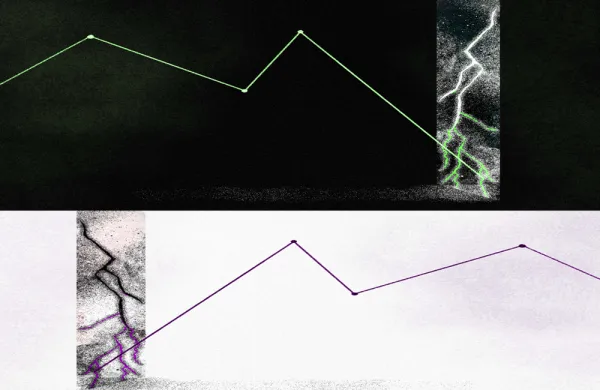Chocolate has long been a favorite treat in Europe and North America. Yet other regions — particularly emerging markets in Asia — are developing a taste for the confection. With consumption trends on the rise, there’s a looming shortage of cocoa beans, the main ingredient in chocolate and a popular traded commodity. Producers worldwide are working to help farmers boost harvests in the tropical areas where cocoa trees grow, with the hopes of avoiding price increases.
Europe and North America still account for more than two thirds of global chocolate consumption — about 71 percent, according to the market intelligence provider Euromonitor International. On a per capita basis, Russia and Kazakhstan are the only non-OECD members among the world’s top 20 chocolate consumers. In Pacific Rim countries, however, demand has climbed three times faster than population growth in the past 15 years, according to the Singaporean commodities trading firm and agribusiness processor Olam International. Demand will outpace supply as more emerging-markets consumers catch on. The value of the Asia-Pacific chocolate confectionery market is expected to grow from $12.6 billion in 2013 to $16.3 billion in 2018, according to Euromonitor. Growth in Latin America and the Middle East is also outpacing the global average, which ranges between 1 and 2 percent annually, according to figures from Barry Callebaut, the world’s largest processor of bulk cocoa.
Late last year a controversial forecast from candy maker Mars — that by 2020 the cocoa shortage would grow to 1 million metric tons — snapped the problem into focus for the global chocolate industry. The London-based International Cocoa Organization (ICCO) quickly rebutted this projection, calling Mars’s numbers “overstated in the extreme.” Although the deficit is not expected to exceed existing stockpiles, ICCO estimates the shortage for 2020 will reach 100,000 metric tons. During the 2013–’14 growing season, output reached 4.36 million metric tons, according to ICCO figures. For the 2014–’15 growing season, ICCO’s Quarterly Bulletin of Cocoa Statistics, issued in February, estimated that production would reach 4.23 million tons, down 2.8 percent from 2013–’14. The organization projects the shortage for this season to reach 17,000 metric tons.
No matter how the numbers boil down, cocoa prices have shown recent volatility, leaving confectioners scrambling to keep prices in check. Most consumers can only pay so much for a Mars bar, and in many markets weak local currency has only exacerbated the costs. For the long term, though, the outlook is clear.
Geopolitical factors are one reason for the shortage. Although cocoa trees can grow in any tropical zone close to the equator, roughly 70 percent of cocoa beans come from West Africa. The main harvest is under way now and generally ends in May. A smaller harvest comes in autumn. Côte d’Ivoire is the world’s largest producer, although after violence and instability in 2010 and 2011, neighboring Ghana had briefly taken the crown. From 2000 to 2014, cocoa prices gained almost 250 percent and hit an all-time high of $3,826 per metric ton in March 2011. On April 9, that price was $2,828, according to ICCO.
The market structure and conditions in these two countries set the tone globally. In both countries, state agencies regulate market prices, and farmers typically sell to small-scale traders, who in turn sell to exporters or larger traders. Steps have been taken to bolster regulation and help tamp down price volatility. In December 2011, following an election crisis, Côte d’Ivoire established the Conseil du Café-Cacao, which sets prices that middlemen pay to farmers. According to pan-African banking conglomerate Ecobank, during the 2013–’2014 season those traders held on to some of their stocks in anticipation of a higher regulated price the following year. At the same time, however, regulatory price caps have begotten another problem, further aggravated by porous borders: smuggling. Cocoa beans destined for market tend to flow back and forth illicitly between the two countries, in whichever direction a higher price can be fetched. For some that can be a quality-control problem, particularly for Ghana, which claims to offer a higher-quality cocoa bean than the norm.
Cocoa buyers also struggle with a lack of reliable information. Survey data can vary widely from statistical estimates, and expectations vary equally as a result. “Assessments of the market fluctuate a lot, so we have to look for precise signs about unprecise data,” says Eugen Weinberg, head of commodity research for Frankfurt-based Commerzbank.
For cocoa users, coping means hedging and stockpiling, as well as buying directly from farmers as much as possible. Barry Callebaut now gets 70 percent of its beans that way and wants to increase that number, according to Raphael Wermuth, head of media relations at the firm. Middlemen are often a risk, because of their ability to hoard supply, according to research from Ecobank.
These problems can contribute to short-term price swings. And whereas industry officials have dubbed Mars’s shortage forecast as overblown, says Wermuth, it did serve as a wake-up call to processors and confectioners. “That was a symbolic number to get the industry, but also the public, to pay more attention to the problem,” he adds.
Since then, companies have stepped up sustainable growth programs and collaborated on a response effort, chiefly through CocoaAction, a program run by the World Cocoa Foundation, a producer-funded body based in Washington. The plan includes a suite of market interventions aimed at boosting productivity. Switzerland’s Nestlé, the world’s largest food company by revenue, introduced a program in 2009 to work directly with farmers. It provides seeds that promise higher yield and more resilience to problems such as black pod disease, which can lower yields or kill trees. Nestlé’s program also encourages farmers to plant new trees regularly, to replace older and less productive ones.
As demand rises, producer countries are also taking an active interest in local processing. Côte d’Ivoire is set to become the world’s top processor in the 2014–’15 growing season, according to the ICCO, as Olam and others have opened new facilities there. This trend is similar to what’s happening with other commodities in some emerging markets. Indonesia, for example, banned exports of unprocessed nickel starting January 2014 in hopes of capturing more revenue from its resources.
Olam in late December bought the cocoa-processing operations of Chicago-headquartered Archer Daniels Midland Co. for $1.3 billion, boosting its total capacity from 100,000 metric tons to 700,000. Whereas Olam sees demand for more processing capacity, ADM’s strategy is to focus on less-volatile areas and return cash to shareholders, then-CEO Patricia Woertz said in a statement after the sale. In 2013 ADM’s cocoa-processing unit suffered first-quarter losses, and in June it said it was exploring a sale.
Cocoa is a challenging business, though the long-term rewards are potentially quite sweet.
Get more on emerging markets .






